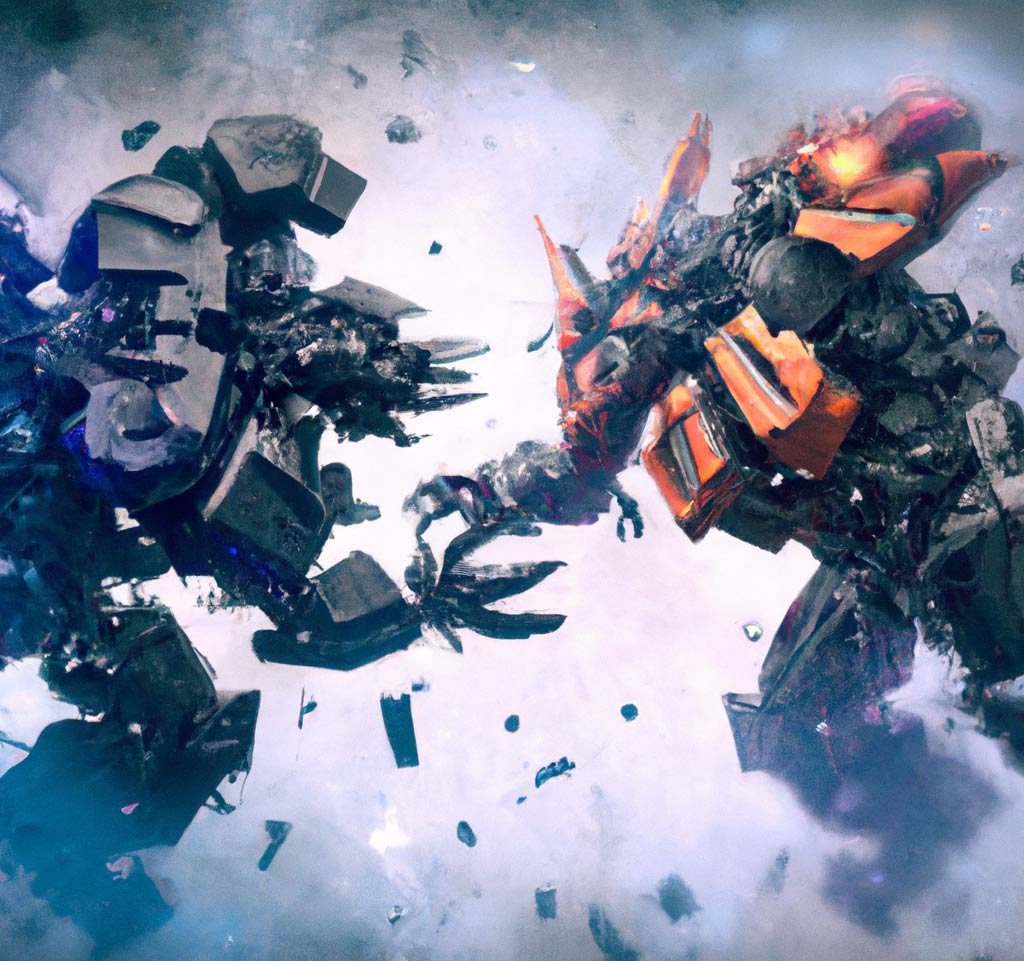Artificial Intelligence (AI) has progressively transformed the landscape of human interaction, not least in the area of natural language understanding and generation. Two noteworthy products of this evolution are OpenAI’s ChatGPT and Google’s Bard. These AI models use different methods to interact with human users, understand context, and generate responses. Let’s delve into their individual characteristics, similarities, and differences.
OpenAI’s ChatGPT
OpenAI’s ChatGPT, now on its GPT-4 iteration as of my knowledge cutoff in September 2021, is a powerful language model. GPT stands for Generative Pretrained Transformer. It leverages machine-learning techniques to generate human-like text based on the input it receives. Originally trained with a diverse range of internet text, GPT-4 can respond to prompts in a way that mirrors human conversation. This ability allows it to perform tasks such as drafting emails, writing essays, creating written content, and even engaging in human-like conversations.
Key Strengths of ChatGPT:
- Versatility: Due to its training on a wide array of internet text, ChatGPT can generate responses for a broad variety of topics.
- Contextual Understanding: GPT-4 has an enhanced capacity to understand and utilize the context from earlier in the conversation, leading to better continuity in dialogue.
- Dynamic Interaction: The model allows users to direct the conversation with system-level instructions, thereby making it possible to adjust the style and tone of the AI’s responses.
Google’s Bard
Google’s Bard, announced in 2023, is a transformer-based language model similar to ChatGPT but has unique features. Bard aims to generate human-like text, but it specializes in storytelling. It was trained using a wealth of books, articles, and websites, enabling it to weave intricate narratives and respond to user prompts in a creative and engaging manner.
Key Strengths of Google Bard:
- Narrative Ability: Bard’s focus on storytelling allows it to generate compelling, cohesive, and creative stories or pieces of text.
- Detailed Text: It can create detailed, rich responses due to its comprehensive training in a variety of literature.
- Contextual Sophistication: Bard is designed to maintain a coherent narrative over extended conversations, excelling in long-form content generation.
Comparison Between ChatGPT and Google Bard
- Focus: While both models are proficient in generating human-like text, their focus areas differ. ChatGPT aims to be a versatile conversational partner that can generate responses on a broad array of topics. Bard, on the other hand, is more oriented towards storytelling, with an emphasis on creating engaging, creative narratives.
- Training: Both models are trained on diverse datasets, but Bard’s training materials have a stronger focus on literary sources. This results in Bard’s flair for storytelling, as it can draw upon a wide range of narrative styles and techniques.
- Contextual Understanding: While both models can understand and utilize the context, their approaches differ. ChatGPT’s updated versions have improved their contextual understanding for better conversation continuity. Bard, however, focuses on maintaining narrative coherence over extended pieces of text, crucial for its storytelling capabilities.
Conclusion
In conclusion, both Google Bard and ChatGPT are impressive achievements in the world of AI, showcasing the ability to understand and generate human-like text. While they share many similarities, the fundamental difference lies in their focus areas: ChatGPT thrives on versatility and broad-topic dialogue, while Bard excels at storytelling and narrative generation. This divergence demonstrates the variety of potential applications of AI language models. Users can choose the model that suits their needs best, whether it be a versatile conversation with ChatGPT or creative storytelling with Google Bard. This is not a competition, but rather an illustration of the ever-growing capabilities of AI, constantly reshaping our digital interactions.

